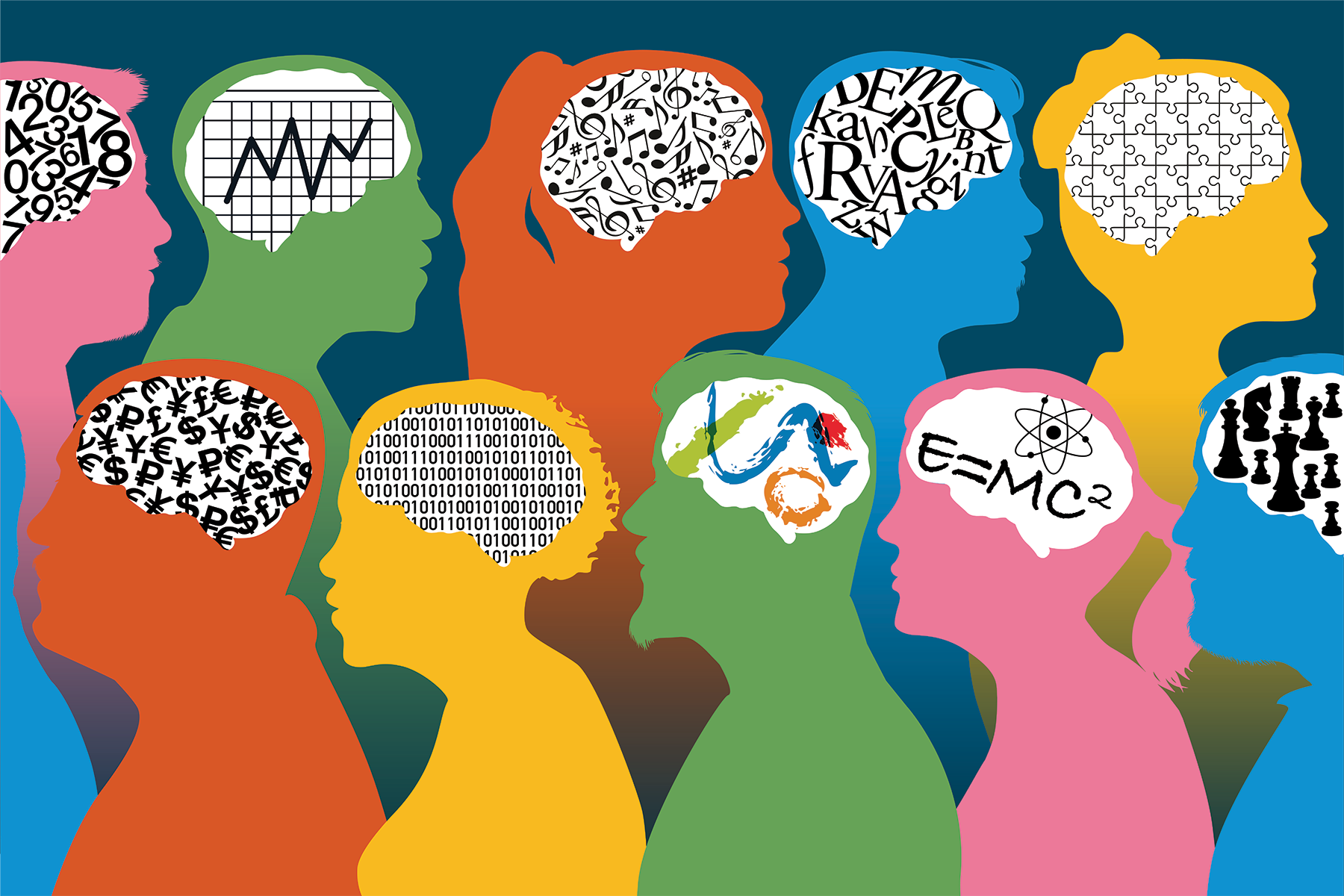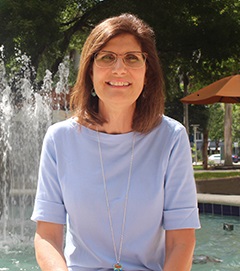How Does Creativity Work?

Everybody knows that one person whose creativity comes up with an ingenious solution for an office problem every time. Or the PTA parent-artist who can whip together a clever backdrop for the third-grade play. Or the writer who pens a novel that is as fantastical as it is entertaining.
Who wouldn’t want to be inventive like that?
As researchers use relatively new tools, such as the functional MRI, to figure out how our brains work, the scientific community is uncovering what makes for creative thought — and the ways we can train ourselves to be better at it.
“Creative inspiration can come in different ways and at different times,” says Dr. Felicia Gould, a clinical neuropsychologist with the University of Miami Health System. “But we do know that some people tend to be more creative than others.”
But, questions remain:
How much of creativity is innate and how much of it can be learned through practice and education?
And what comes first, natural ability or middling skill perfected by years of practice?
Creativity requires both nature and nurture, Dr. Gould says. “But we just don’t know if you’re born with it or partially born with some of it and then over time you strengthen those muscles,” she adds. “It’s the classic chicken and egg question.”
The expression of creativity is both complex and complicated, certainly nothing like that old belief that people were either left brain or right brain, artistic or logical. With the advent of MRI scanning in the 1990s, scientists now know that imagination uses the “whole brain.” What’s more, creativity happens in the corpus callosum, which connects the left and right hemispheres, and requires the use of different network pathways.
“In specific people doing specific tasks, they’re using more of their [brain] regions. Their networks are firing more,” Dr. Gould says.
Brain function as it pertains to creativity: Here’s what the research tells us.
One, just published in the Journal of Personality and Social Psychology, found that people with creative expertise — that is, visual artists, writers and actors/directors who had won prestigious awards — exhibit better distal imagination, which is the ability to imagine situations far beyond the present. They did so by using a different neural system, the dorsomedial subsystem of the default network.
On the other hand, when creatives and the control group were involved in imagining near-future, or proximal, situations, both groups used the medial prefrontal cortex equally.
It suggests that the hardwiring of the brain [of these creative professionals] may be different.
Felicia Gould, M.D.
But because researchers don’t have a developmental history of this specific brain function, they cannot answer if this group has always used this neural system to a greater extent or if they increased their ability to access it over time and through practice.
Another study, published last year in the Proceedings of the National Academy of Sciences, also found a particular pattern of brain connectivity correlated with creative responses. Experts prompted people to invent unusual uses for everyday objects. Their brain scans showed that three different subnetworks — the default mode network, the salience network and the executive control network — seem to influence creative thought. (Default mode network is used in mind-wandering and spontaneous thinking, salience network sorts through the information that default mode produces, and the executive control network helps maintain your focus.)
The most creative people can use these brain networks simultaneously — an unusual trait since these networks typically don’t work together. In fact, researchers were able to predict how original subjects’ ideas were by measuring the strength of connections in these people’s brain networks.
The average person may never reach the imagination of a Picasso or the vision of an Einstein.
As Dr. Gould says, the brains of people who are highly creative demonstrate that “even at the resting stage, their brains are more active in this region and they display greater functional connectivity” between hemispheres and brain regions that may not be directly or otherwise connected. But she’s quick to point out that you can make the best of what you have.

- Try something new and different. Same old same old will only make your brain complacent. You can change something as simple as your route home or you can aim for something at a higher level. “If you do crosswords, try something more tactile and spatial or something that involves coordinated movement,” Dr. Gould suggests. “This can help with interconnectivity.”
- Get moving. Physical exercise increases the volume of brain regions that are essential to creativity.
- Challenge yourself. This trains and strengthens your brain.
- Be curious. Never stop learning. Exposing yourself to new subjects can help in making connections across disciplines. Sometimes seemingly unrelated ideas can transform your work.
- Daydream. While this might’ve been frowned upon at school, allowing your mind to wander around a particular topic can help you come up with a variety of ideas.
- Enjoy yourself while focusing on different endeavors. As Dr. Gould puts it, “Yes, we can do more, but it has to be something you want to continue to do. “

Tags: brain connectivity, brain function, creativity, Dr. Felicia Gould, neurology
